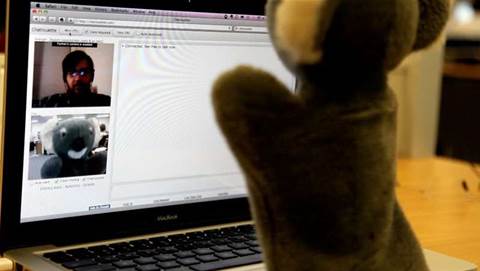
enter caption
And the latest is that the grey goo theory — a scenario in which self-replicating man-made robots or chemical lifeforms produced by nanotechnology devour all other living things on the planet — is nonsense.
According to the conference’s convener, Professor Gerard Milburn, the very idea was nothing more than media scare-mongering.
“It's not science. It's not even remotely feasible,” he said in a statement. “It's a beat-up, pure and simple."
Milburn argues that life itself has been replicating uncontrolled for the past two to three billion years, without any individual lifeform consuming all others, so why would nanobots do the same?
However, Milburn said researchers did recognise there are important issues of health, safety, ownership and ethics to be considered with the new technology and how it is used.
"We want to understand how nanomaterials and nanodevices, that operate according to quantum laws, interact with living organisms, including people,” he said.
Who owns or controls the new quantum nanotechnologies, would also be another issue he said.
"This research is almost entirely publicly-funded in Australia, and a key issue is to find the best way to protect our interest in any technology we may develop and ensure that it benefits our society and industries," he said.
Quantum nanoscience seeks to find ways to manipulate single atoms and molecules to build the world's first quantum computer — a device which would potentially posses a huge increase in computational power.
The Sir Mark Oliphant conference on frontiers of quantum nanoscience seeks to facilitate discussion and progress on building a quantum computer.


.png&h=140&w=231&c=1&s=0)
_(20).jpg&h=140&w=231&c=1&s=0)

_(22).jpg&h=140&w=231&c=1&s=0)





 iTnews Executive Retreat - Security Leaders Edition
iTnews Executive Retreat - Security Leaders Edition











_(1).jpg&h=140&w=231&c=1&s=0)



